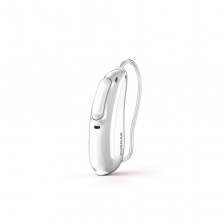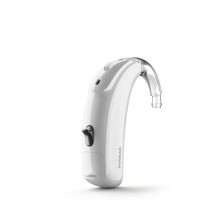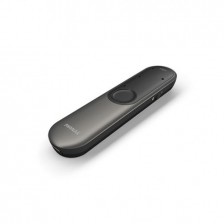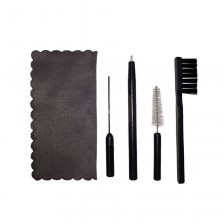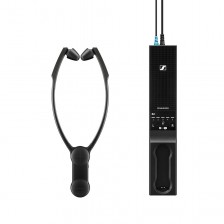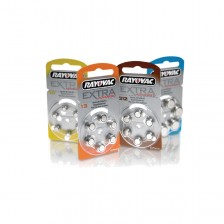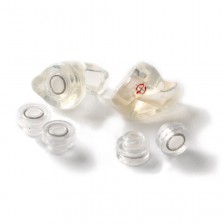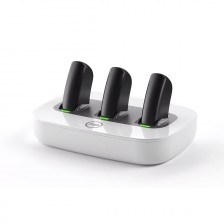Hearing aids with open adaptations with RIC format


What is the RIC format in hearing aids?
The RIC format is the configuration of the hearing aids that have the output of the sound -the headphone- inside the ear canal while the rest of the mechanism is outside. This causes, as well as BTE formats, part of the hearing aid is placed behind the ear. This format allows sound output to be electrically so that it is aesthetically quite discreet because only one thread is seen.
When we talk about "open adaptations" we are talking about the adaptations that work with "tulips", a small cover that has several holes and can be of different sizes and that allow to ventilate a lot. These adaptations, unlike the BTE hearing aids, are designed for people who have hearing loss in acute sounds.
A very typical case of open adaptation is what the great majority of older people have. Over time, we tend to lose post-locutive hearing included within presbyiaeus, the progressive loss of hearing due to age and the subsequent deterioration of the hearing system. When hearing quality is lost due to presbycusis, we tend to notice that we don't understand what they tell us -especially in noisy environments-, that words are mixed and ultimately difficult for us to understand. That happens because when having acute hearing loss, the consonants escape us making only predominate the sounds of the vowels. In these cases the open adaptive RIC format allows us to correct the hearing without creating occlusion, thanks to its perforated "tulips" that allow a good ventilation and help to avoid the feedback since, as we have already mentioned, the loss is mainly focused on the high frequencies.
In the open adaptations the earpiece that goes into the conduit can be adapted either with the known standard "tulips" or with the custom made micro molds that are totally invisible. These are better suited, because they are custom-made, and they carry the exact ventilation so that you feel even more comfortable.
It is very common for people who carry or have had in-ear hearing aids and take the plunge at any time to a RIC format with open adaptation. Why? Well, above all, for a matter of comfort: as a general rule, there is less sensation of occlusion and much the issue of seeing an electric thread is not as important as carrying an in-ear that goes completely unnoticed.
Now you know, if you have an occlusion feeling by wearing an in-ear hearing aid or you have a loss of acute hearing, take the plunde to the open adaptations with RIC formats!


